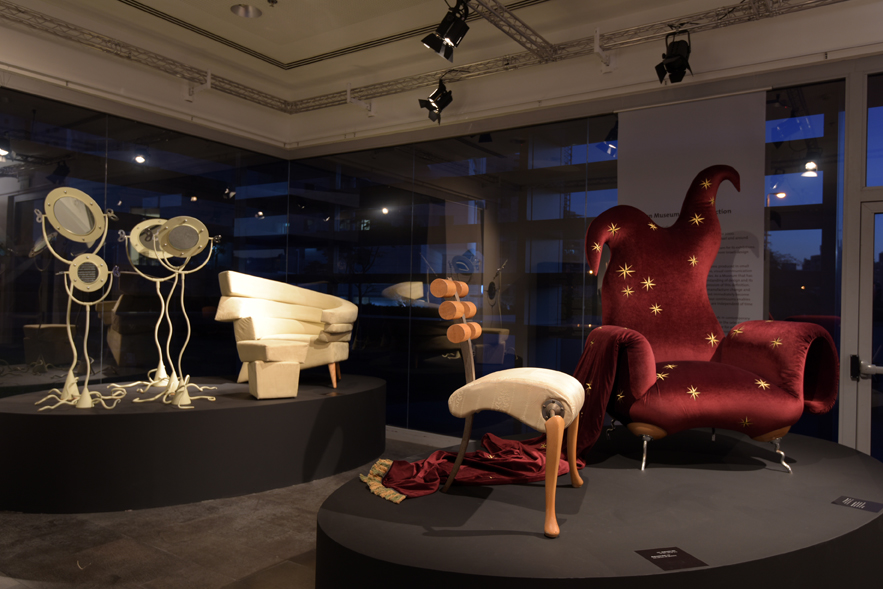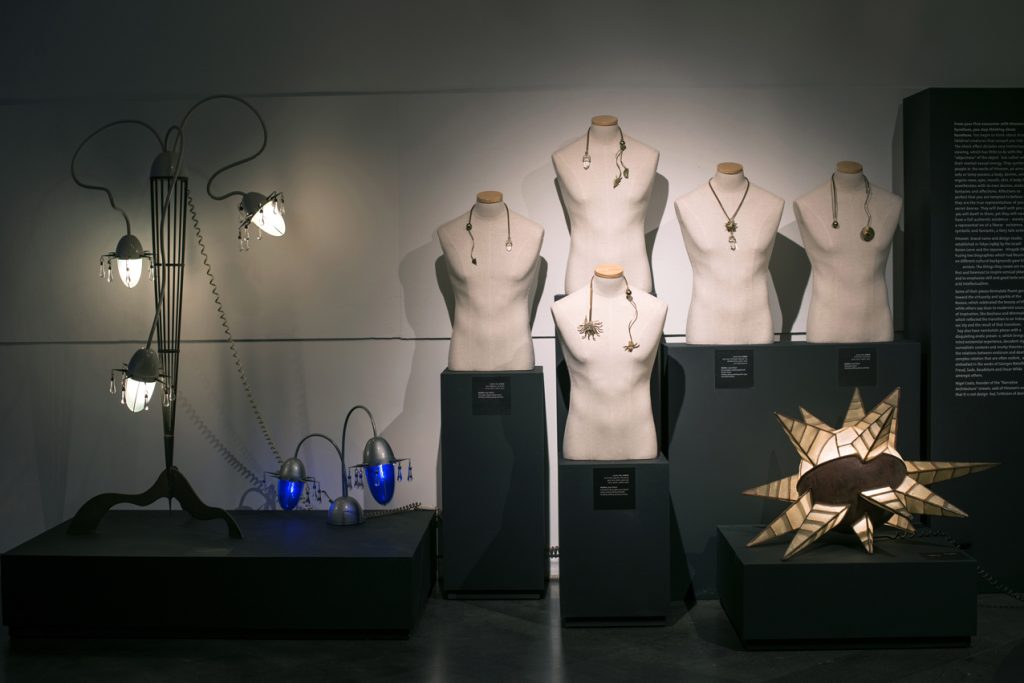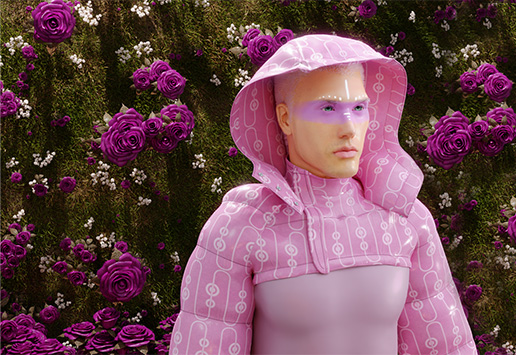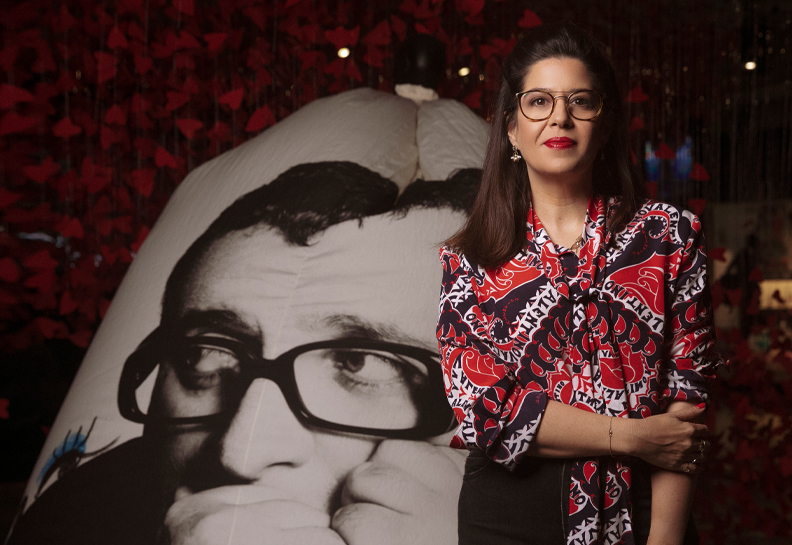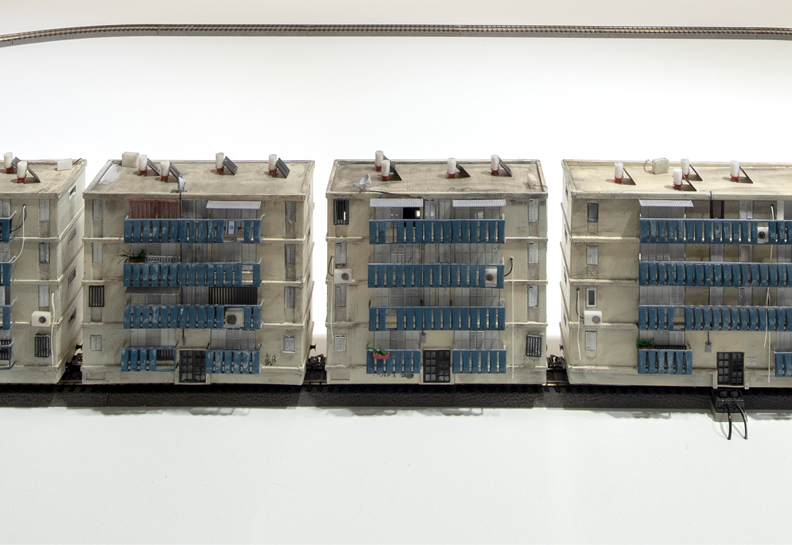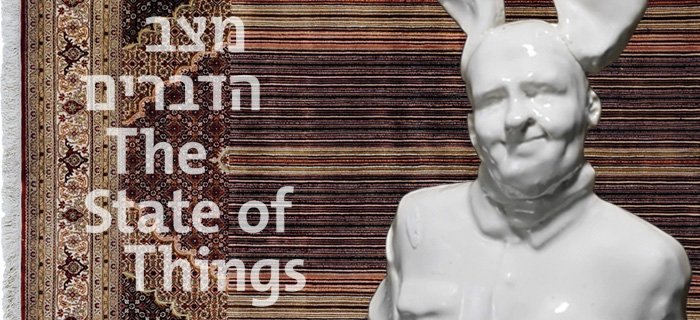November, 2014 – February, 2015
From your first encounter with Hironen’s furniture, you stop thinking about furniture. You begin to think about strange libidinal creatures that compel you into awe. The shock effect dictates very instinctual viewing, which has little to do with the “objectness” of the objects but rather with their mentalsexual energy. They symbolize people in the world of Hironen, an armchair, sofa or lamp possess a body, desires, sensing organs-nose, eyes, mouth, skin. A body that reverberates with its own desires, erotic fantasies and affections. Affections so perfect that you are tempted to believe that they are the true representatives of your secret desires. They will dwell with you and you will dwell in them, yet they will never have a full authentic existence? merely a representation of a literary existence, symbolic and fantastic, a fairy tale existence
